Ever wondered if your vegan milk is secretly sabotaging your green goals?
You’re about to discover which plant-based milks are the worst environmental offenders.
Spoiler: Your favourite might be on the list!
1. Almond Milk: The Water Guzzler
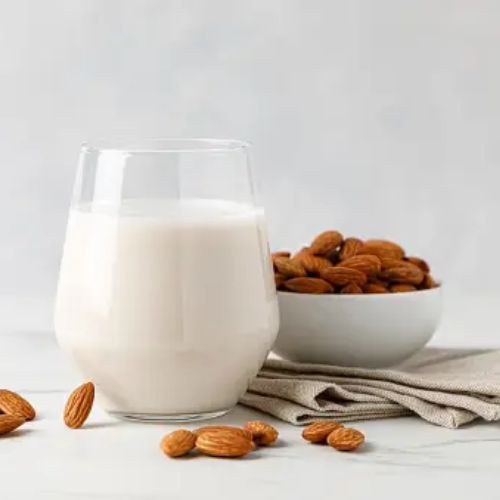
Let’s start with almond milk.
Sure, it’s creamy and perfect for morning coffee, but did you know almonds are what you’d call — thirsty? It takes a whopping 1,611 gallons of water to produce just one litre of almond milk!
But wait, it gets even worse. The demand for almond milk has led to intensive farming, negatively impacting bee populations.
Bees are crucial for pollinating almond trees, but the pesticides used in farming harm them. So, while you might be saving cows, you’re hurting the bees. Not quite the environmental hero you thought, right?
Interestingly, almond milk isn’t just a thirsty choice. Transporting these nuts from California to your local store has a significant environmental footprint.
The carbon emissions from this transportation add another layer of environmental impact you might not have considered.
The water footprint of dairy production includes the water consumed by cows for drinking and the water used for growing animal feed, cleaning facilities and processing milk. The water footprint varies depending on factors such as the type of farming system, climate and management practices.
So, next time you’re at the store, maybe think twice before grabbing that carton of almond milk.
Suggested read: Almond Milk vs Soy Milk
2. Soy Milk: The Deforestation Demon
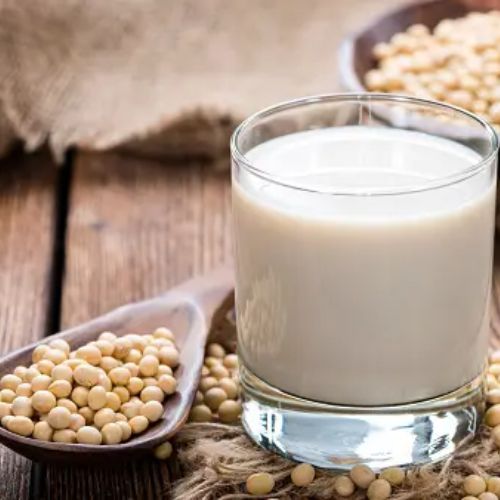
Next up, soy milk. It’s a popular vegan choice but has a dark side.
Soy farming is a major driver of deforestation. Forests are cleared to make way for soy plantations, destroying wildlife habitats and releasing tonnes of carbon dioxide into the atmosphere.
Soy farming isn’t just bad for forests; it’s also linked to soil degradation and pesticide use. While not all soy milk is created equal (some brands source their soy responsibly), the overall impact of soy farming is hard to ignore.
Moreover, feeding soy to cows can be problematic due to its potential to contribute to digestive issues and other health concerns in cattle.
Additionally, soy production, much of which is used as animal feed, contributes to the inefficiencies and environmental burden of meat and dairy production, creating a complex web of ecological impacts beyond soy product consumption.
Dairy production indirectly contributes to deforestation by cultivating feed crops like soybeans and corn, which require cleared land for agriculture. While dairy cows do not directly cause deforestation, expanding dairy farming can drive agricultural intensification and land use changes, leading to habitat loss and ecosystem degradation.
3. Rice Milk: The Methane Monster
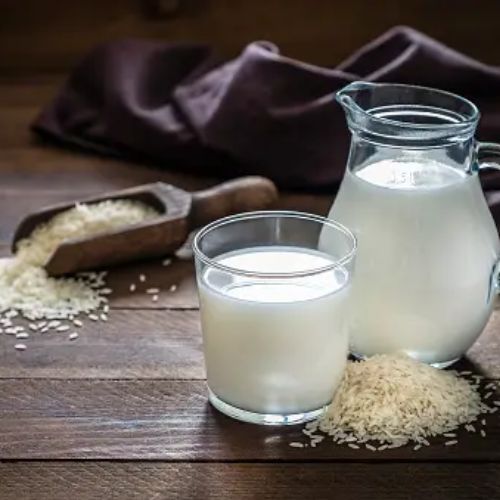
Rice milk might sound harmless, but it’s a hidden methane monster.
Growing rice produces methane, a greenhouse gas that is 25 times more potent than carbon dioxide. Rice paddies are like mini methane factories, contributing significantly to global warming.
But here’s the part everyone misses: Rice farming is water-intensive, similar to almonds. It requires flooded fields, which leads to high water consumption and, you guessed it, more methane emissions.
So, while your rice milk might be light and sweet, its environmental footprint is heavy.
Additionally, cultivating and harvesting rice can disrupt local ecosystems and lead to soil erosion. This affects the environment and can impact local agriculture and food security long-term.
4. Coconut Milk: The Carbon Footprint Culprit
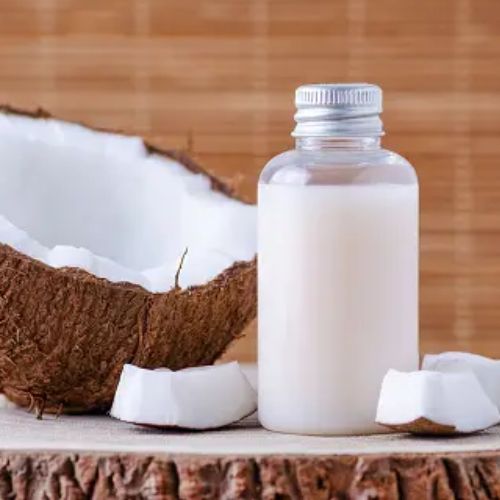
Coconut milk, the tropical delight, has its own set of issues.
Most coconuts are grown in tropical regions far from where the milk is consumed, which means a large carbon footprint due to transportation. Moreover, the working conditions for coconut farmers can be quite poor and the industry is often linked to exploitation.
Coconut monoculture farming also leads to biodiversity loss. When large areas are cleared to plant only coconut trees, it disrupts local ecosystems and can lead to soil erosion.
Furthermore, the heavy reliance on pesticides and fertilisers in coconut farming can lead to water pollution, affecting both local communities and wildlife.
The environmental cost of coconut milk can be surprisingly high, making it a less-than-ideal choice for eco-conscious consumers.
5. Hazelnut Milk: The Hidden Hazard
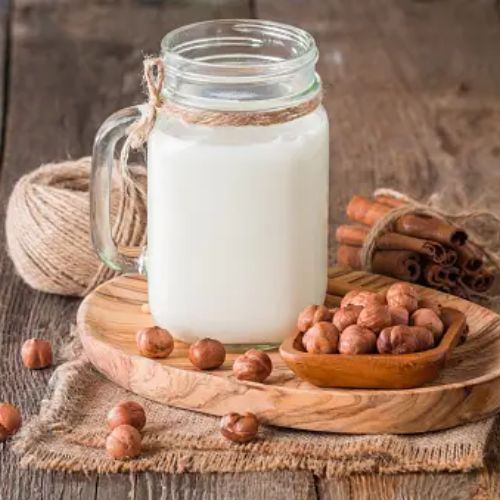
Hazelnut milk is often seen as a luxurious alternative to other plant-based milk. However, the environmental impact of hazelnut farming is often overlooked.
Hazelnuts are typically grown in regions like Turkey and Italy, which means they also carry a significant carbon footprint due to transportation.
Moreover, hazelnut farming can be water-intensive, especially in regions facing water scarcity. This adds to the environmental burden, making hazelnut milk a less sustainable choice than you might think.
6. Cashew Milk: The Ethical Dilemma

Cashew milk is creamy and delicious, but its production process is fraught with ethical and environmental issues.
Cashew nuts are primarily grown in tropical climates, often requiring significant water resources. Additionally, the processing of cashews is labour-intensive and can involve poor working conditions for farmers and workers, including exposure to harmful chemicals.
The carbon footprint of transporting cashews from tropical regions to global markets also adds to its environmental impact.
So, while cashew milk might seem like a tasty alternative, the broader ethical and environmental implications are worth considering.
Making Better Choices
So, what’s a conscientious vegan to do? The good news is there are more eco-friendly options available. Oat and hemp milk are generally considered to have a lower environmental impact. They require less water and land to produce and have lower greenhouse gas emissions.
Remember, every little bit helps. You can reduce your environmental footprint by making informed choices about the vegan milk you consume. So next time you reach for that carton of almond milk, try oat milk instead.
Avoiding these environmentally unfriendly vegan milks will help ensure your vegan journey is as green as you want.
Now that you have this knowledge, you can make smarter, greener choices. Cheers to a more sustainable vegan lifestyle!

Sorry but this is too dictatorial for me. I think it up to the individual what they choose. Why should companies stop making these Vegan milks? Funny though as you are making a case against every Vegan milk. Next you will be telling people to go back to Dairy.